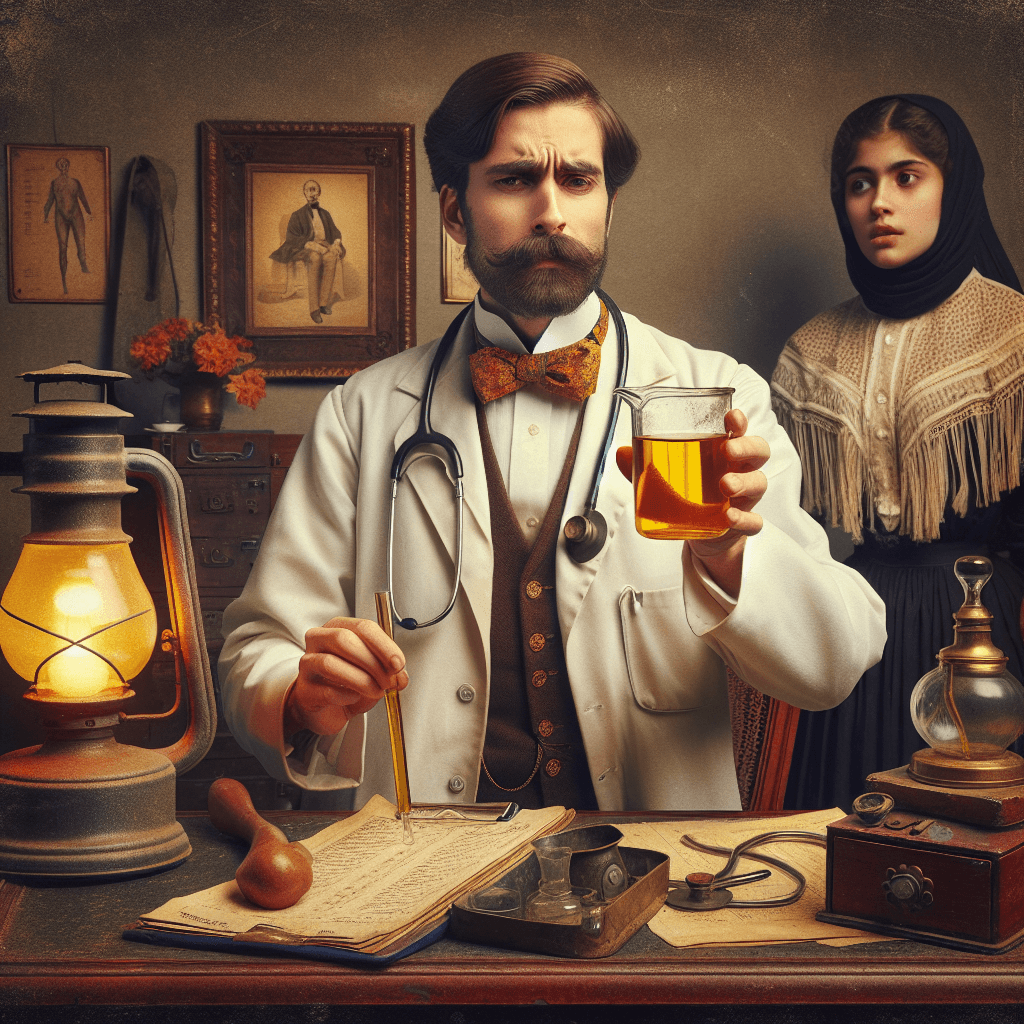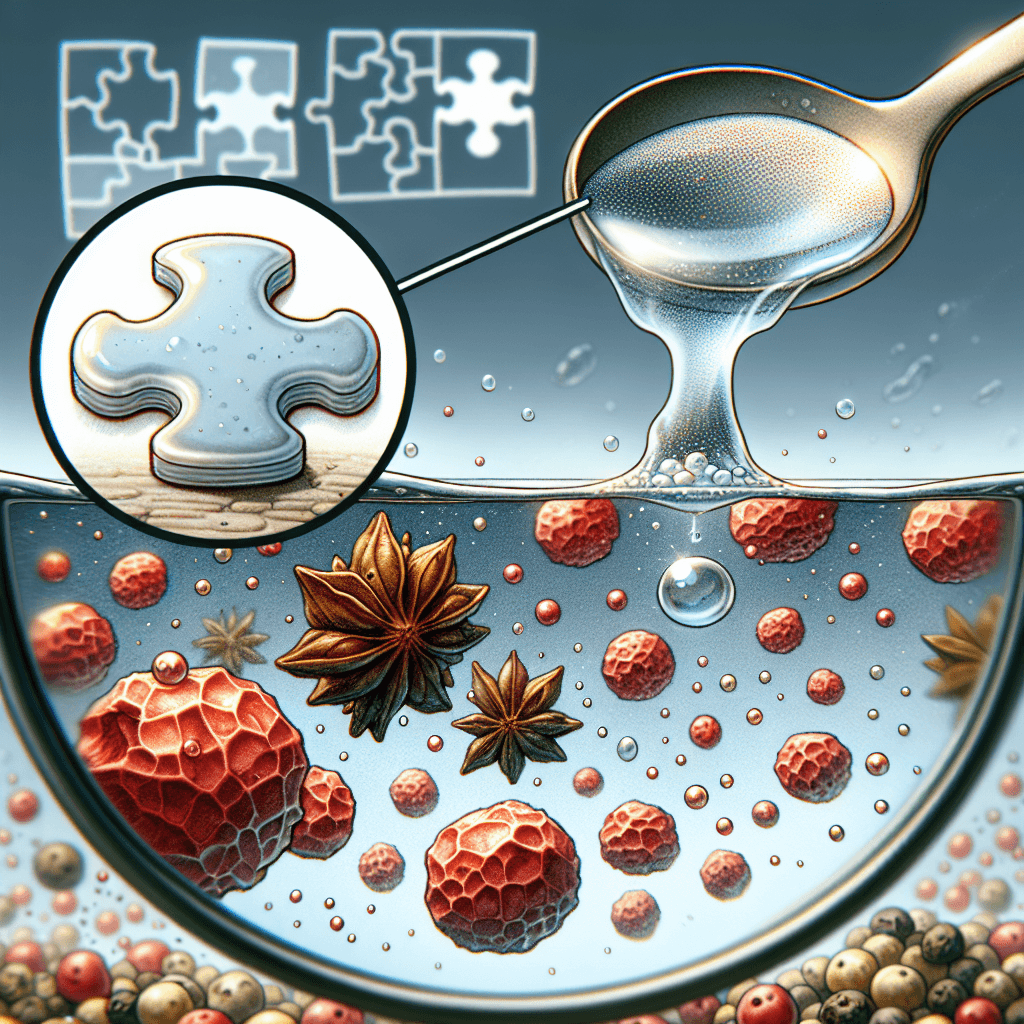A Matter of Taste: Why Did Doctors Once Diagnose Illness by Tasting Patient Urine
Imagine your doctor tasting your urine sample for a diagnosis. While repulsive by modern standards, this bizarre practice was once a legitimate diagnostic tool for physicians.


Too Long; Didn't Read
Historically, doctors practiced 'uroscopy,' a diagnostic method that sometimes involved tasting a patient's urine to identify illness.
Blog Post Title: A Matter of Taste: Why Did Doctors Once Diagnose Illness by Tasting Patient Urine?
A Gulp of History: Unpacking the Practice of Urine Tasting
Imagine a visit to your doctor today. After describing your symptoms, they ask for a urine sample, but instead of sending it to a lab, they take a small sip. While this scenario sounds bizarre, even repulsive, by modern standards, the practice of "uroscopy," which sometimes included tasting urine, was a legitimate diagnostic tool for centuries. This blog post will delve into the historical and medical reasons why physicians once relied on their taste buds to understand a patient's ailments, exploring what they hoped to learn from this unusual method.
The "Water Gazers": Uroscopy in Ancient and Medieval Medicine
For millennia, before the advent of microscopes and sophisticated chemical tests, physicians had limited tools to peer inside the human body. Urine, as a readily available bodily fluid, offered valuable, albeit indirect, clues about a person's internal state. This detailed examination of urine was known as uroscopy.
More Than Just a Taste: The Scope of Uroscopy
Uroscopy wasn't solely about tasting. Physicians, sometimes called "water gazers," meticulously observed urine's:
- Color: From pale straw to dark amber or even red, color could indicate hydration levels, liver problems, or the presence of blood. Charts, known as "urine wheels," depicted various hues and their supposed medical implications.
- Clarity and Sediment: Cloudy urine might suggest infection, while specific sediments could point to other issues.
- Smell: Pungent, sweet, or foul odors were all noted.
- Froth: The amount and persistence of froth were also considered.
Why Taste? The Sweet Clue to "Honey Urine"
The most notable reason for tasting urine was to diagnose what we now know as diabetes mellitus. Ancient physicians in India, as early as 600 BCE, noticed that ants were attracted to the urine of certain individuals. They described the condition as "madhumeha," or "honey urine."
- Thomas Willis (17th Century): The English physician Thomas Willis is often credited with formally reintroducing the tasting of urine into Western medical practice for diagnosing diabetes. In 1674, he described the taste of diabetic urine as "wonderfully sweet as if it were imbued with honey or sugar." This sweetness was, of course, due to the excess glucose excreted by the kidneys when blood sugar levels are dangerously high – a hallmark of uncontrolled diabetes. The term "mellitus," derived from the Latin word for honey, was added to "diabetes" (meaning "to pass through" or "siphon," referring to excessive urination) to distinguish it.
Without chemical tests to detect glucose, the physician's palate was the primary diagnostic tool for this specific condition. A sweet taste confirmed their suspicions of what was often a fatal illness before the discovery of insulin.
The Limits and Dangers of a Palatable Diagnosis
While tasting urine provided a crucial clue for diabetes, its diagnostic capabilities were otherwise extremely limited and fraught with issues:
- Subjectivity: The perception of taste can vary significantly between individuals.
- Hygiene and Risk: The practice was unhygienic and posed a risk of infection to the physician.
- Limited Scope: Beyond diabetes, tasting offered little reliable information about other diseases. Many conditions that affect urine's composition don't significantly alter its taste in a way that's discernible or diagnostically useful to the human palate.
- Rise of Quackery: The visual aspects of uroscopy, in particular, were sometimes exploited by charlatans who made extravagant and unfounded claims based solely on looking at a flask of urine.
The Dawn of Modern Urinalysis
The practice of tasting urine gradually declined with the rise of scientific medicine and the development of chemical analysis in the 19th century.
- Chemical Tests: Scientists began to develop chemical tests that could identify specific substances in urine, such as glucose, protein, and blood, with far greater accuracy and safety than taste or sight alone. For example, in 1841, Karl Trommer developed a test for glucose in urine.
- Microscopy: The microscope allowed for the examination of urinary sediment for cells, crystals, and microorganisms.
These advancements rendered the tasting of urine obsolete, paving the way for the sophisticated urinalysis techniques used today, which can reveal a wealth of information about kidney function, urinary tract infections, metabolic disorders, and more, all without a single sip.
From Taste to Technology: A Medical Evolution
The historical practice of doctors tasting patient urine, particularly for diagnosing diabetes, highlights the ingenuity and limitations of pre-modern medicine. It underscores how physicians used the senses available to them to decipher the body's mysteries in an era before advanced technology. While we may find it unsettling today, it was a critical, if imperfect, step in the long journey of medical diagnostics, reminding us of the remarkable progress made in understanding and treating human illness. The evolution from a "taste test" to precise laboratory analysis is a testament to scientific advancement and our ongoing quest for better healthcare.


